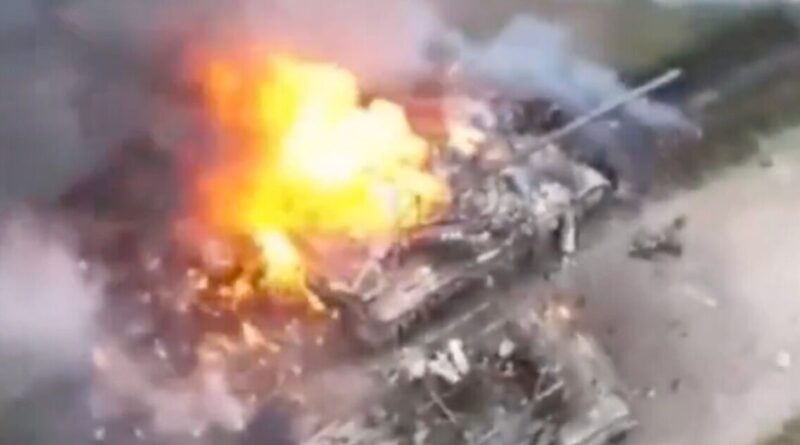Putin’s Ukraine invasion falling apart as Russia runs out of weapons and casualties surge | World | News
Russia’s ability to maintain its offensive in Ukraine is waning, according to Western security experts. Putin’s army regained the battlefield initiative over the course of 2024, following Kyiv’s failed counteroffensive in 2023.
The Russians were helped by delays in weapons supplies to Ukraine, following deadlock over agreement on a military aid package in Washington over the course of the winter of 2023.The Ukrainians have found themselves heavily outmanned and outgunned, but have been able to slow down Russia‘s advance through a mixture of the clever use of drones and multi-layered defensive zones. These are often 10 miles deep and are littered with mines and trenches, making it difficult for Putin’s army to break through.
Despite enjoying these major battlefield advantages, Putin’s army has taken just 0.6% of additional Ukrainian territory over the past 12 months.
In the process, they have suffered some of the heaviest casualty rates of the grinding and brutal war.
The recent advances have come at a cost of 1,500 killed or wounded per day, according to Western analysis.
Moreover senior defence officials say Putin’s army is now facing critical shortages of weapons and manpower and unlikely to be able to continue its offensive operations for much longer.
Richard Barrons, the former head of Britain’s Joint Forces Command, told the Washington Post: “It is very unlikely now that the Russian military have the equipment, the people, and the training and logistics to mount an offensive that would break the Ukrainian line and — even if they did — to exploit it immediately.”
Russia‘s army has lost a huge amount of equipment, including more than 3,000 tanks.
It has had to fall back on its stock of Soviet-era tanks, that had been in storage for years following the collapse of the Soviet Union.
However, officials believe that the 13,000 stockpile will run out in the next few months, making the Kremlin reliant on the production of new tanks.
At the moment Russia‘s military-industrial complex can make around just 200 tanks a year.
“The Russians can continue fighting, but … the force will become more and more de-mechanised over time, and that does put a timeline on how long they can sustain the current way they operate,” said Jack Watling, a senior research fellow for land warfare at the Royal United Services Institute in London.
A Ukrainian security official described the situation more succinctly, saying: “Russia is not able to take any ground, and this is the situation pretty much since the end of the Ukrainian counteroffensive.
“Despite the fact that they still have three-to-one superiority in number of troops — and maybe even bigger in terms of (weapons) systems — it’s still not enough.”





